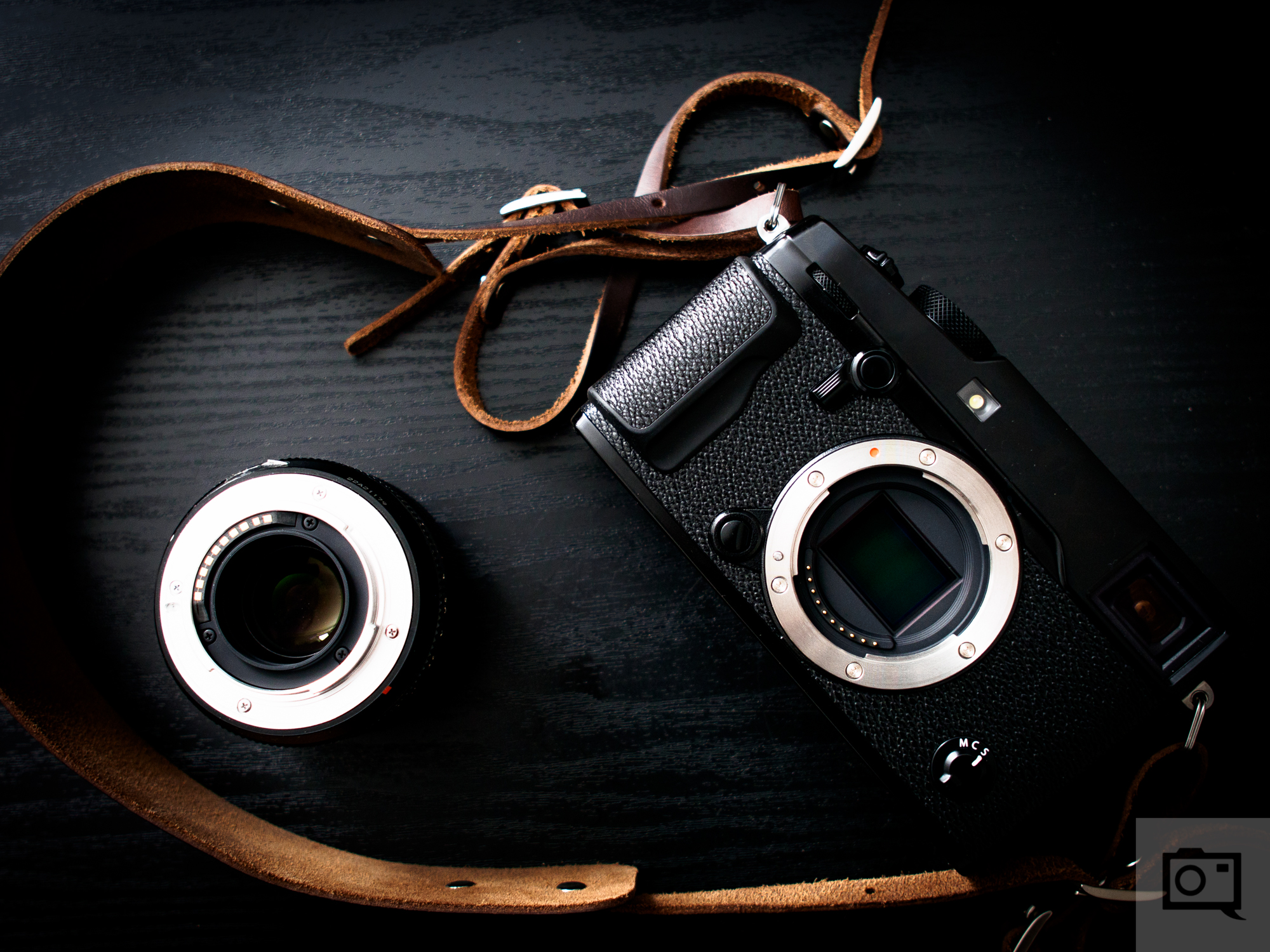Last Updated on 07/20/2016 by Chris Gampat
Portraits, by and large, are one of the most popular – at least in the general public – genres that a photographer could specialize in. There are many niches and specialties within that wide scope of portrait photography, but generally the same rules apply in regards to lens selection. That said, it’s not all about the 50mm and 85mm lenses of the world, so today we will share 4 prime lenses for the discerning portrait photographer.
So why would anyone shoot portraits with anything other than a 50mm or an 85mm? Simple, for more subject-background separation (on the telephoto side, think 135mm) or more environmental context (think on the wider side, 24mm or 35mm). There is a reason that 50mm and 85mm are popular choices, they are good at what they do for portraits – but they aren’t the be all end all of portrait shooting. So let’s get into those four lens recommendations.
24/35mm
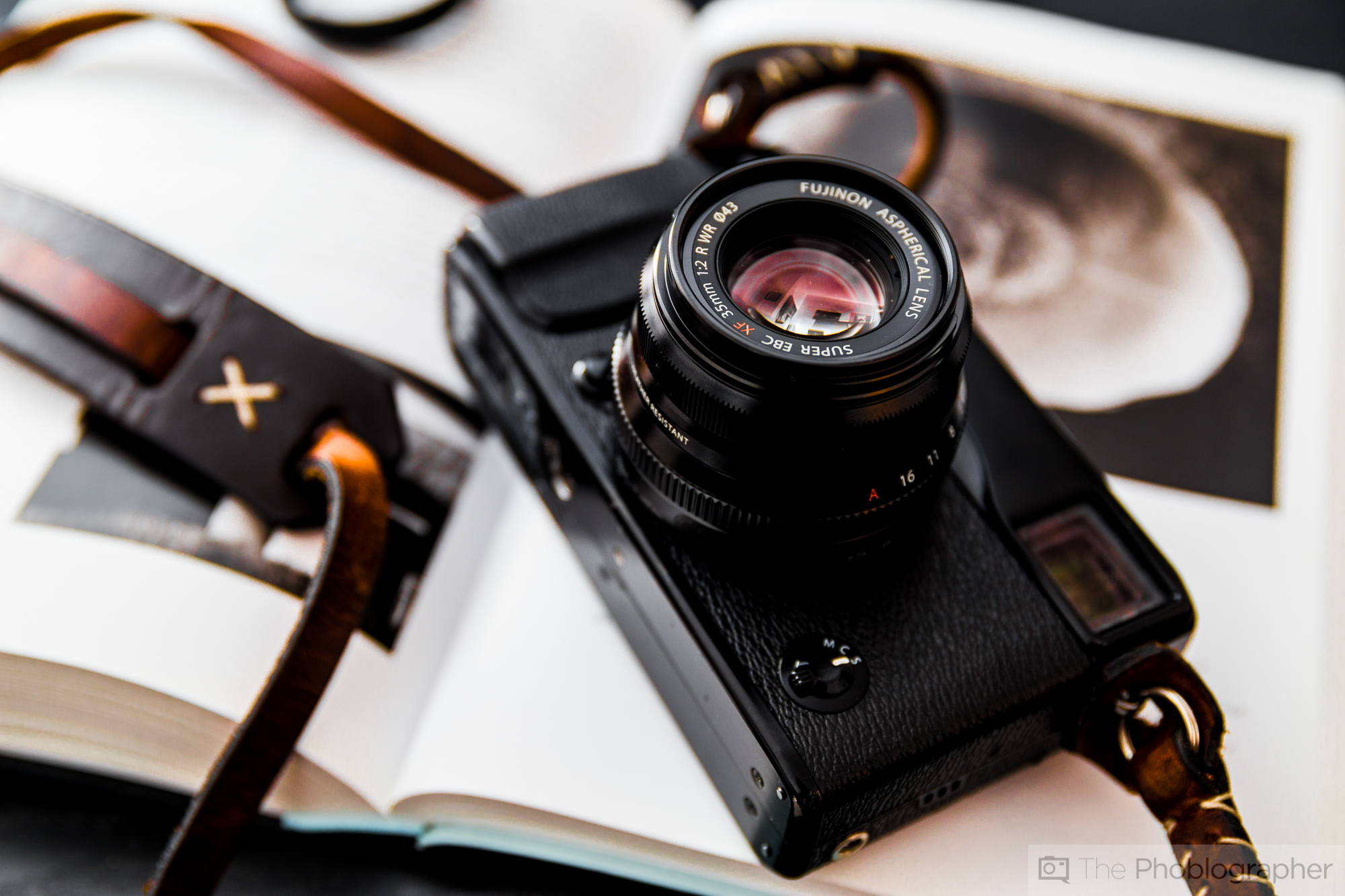
As I mentioned above, shooting on the wider side allows you to give more context to your image. But depending on where you place your subject in your frame, you run the risk of unflattering lens distortions effecting your subject, making them appear thicker or wider than they are. Lens corrections are getting pretty good these days, so this can be somewhat corrected, as well, some strategic framing of your subject can limit the effect of this. You could also use it to your advantage, making a shorter client look taller.
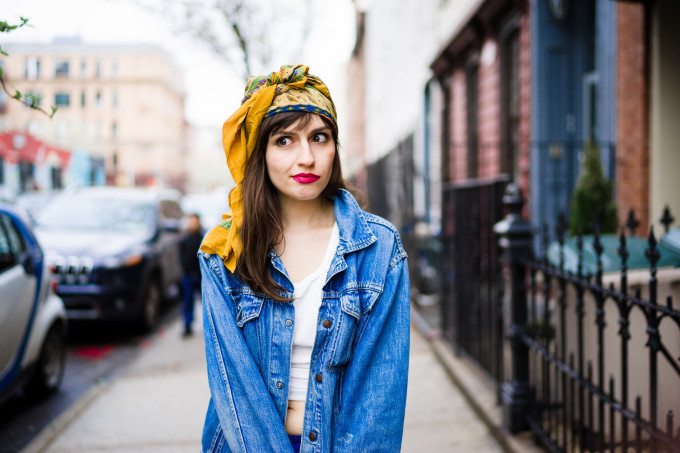
For lifestyle and environmental portrait photographers, this sort of wide view is perfect. I shoot a lot of boudoir and having to yell at my clients from across the room when I am using longer glass really kills the intimate mood that I am trying to create, so I prefer to keep my lens choice full-frame 50mm equivalent (so 35mm on my X-Pro 2) and below. I also have an 18mm, but I find that has a little too much distortion and is a bit too wide for my liking in most cases, so for me a 23mm/35mm combination (or 35mm & 50mm FoV full-frame equivalent) is my working sweet spot. You’re mileage may vary though, but here are some great options in this range:
- Fujifilm XF 23mm F/1.4 – Our Review
- Tamron SP 35mm F/1.8 – Our Review
- Sigma 35mm F/1.4 ART – Our Review
- Sony 35mm F/1.4 – Our Review
- Nikon 35mm F/1.8G – Our Review
- Canon 35mm F/1.4 L II – Our Review
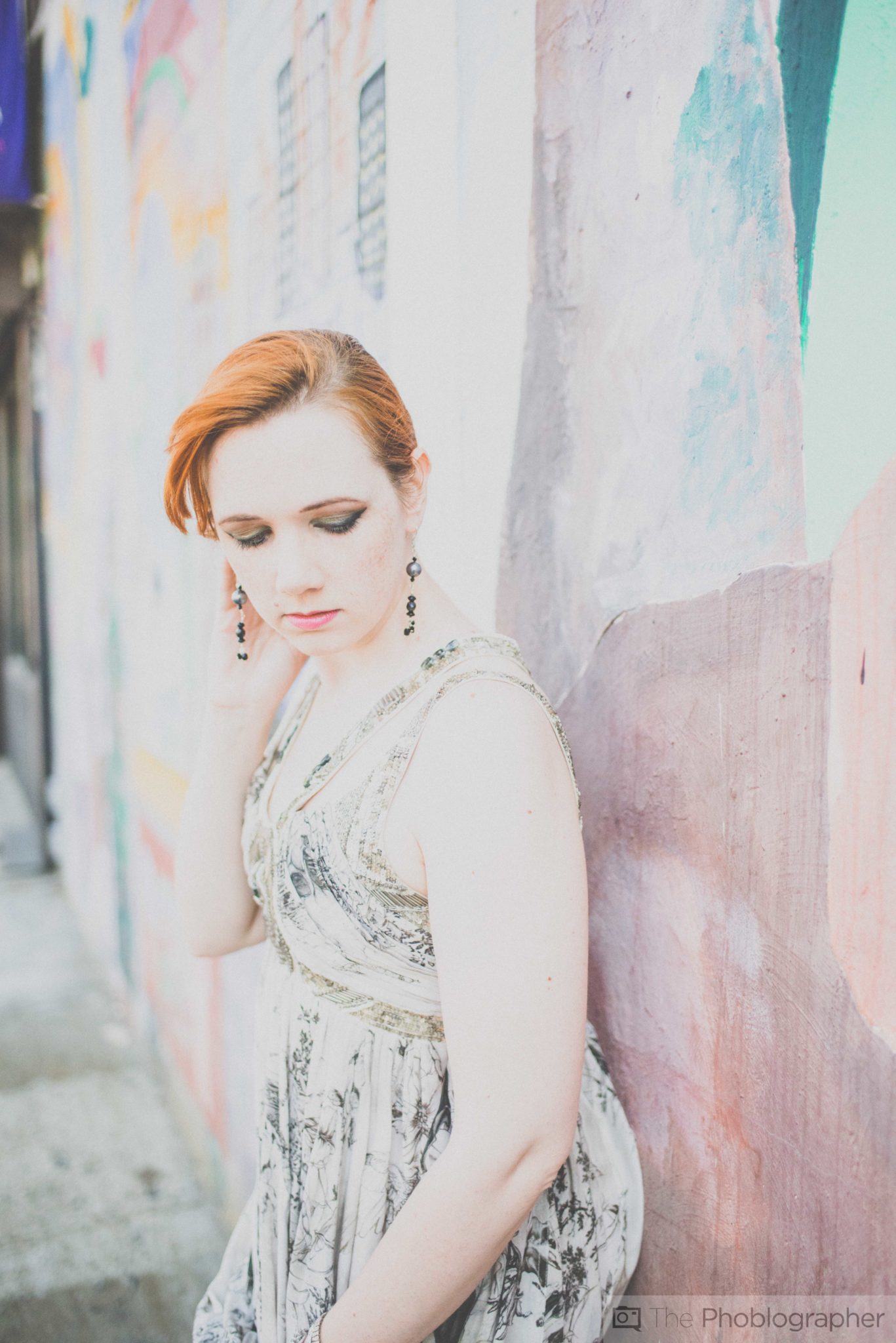
45-55mm
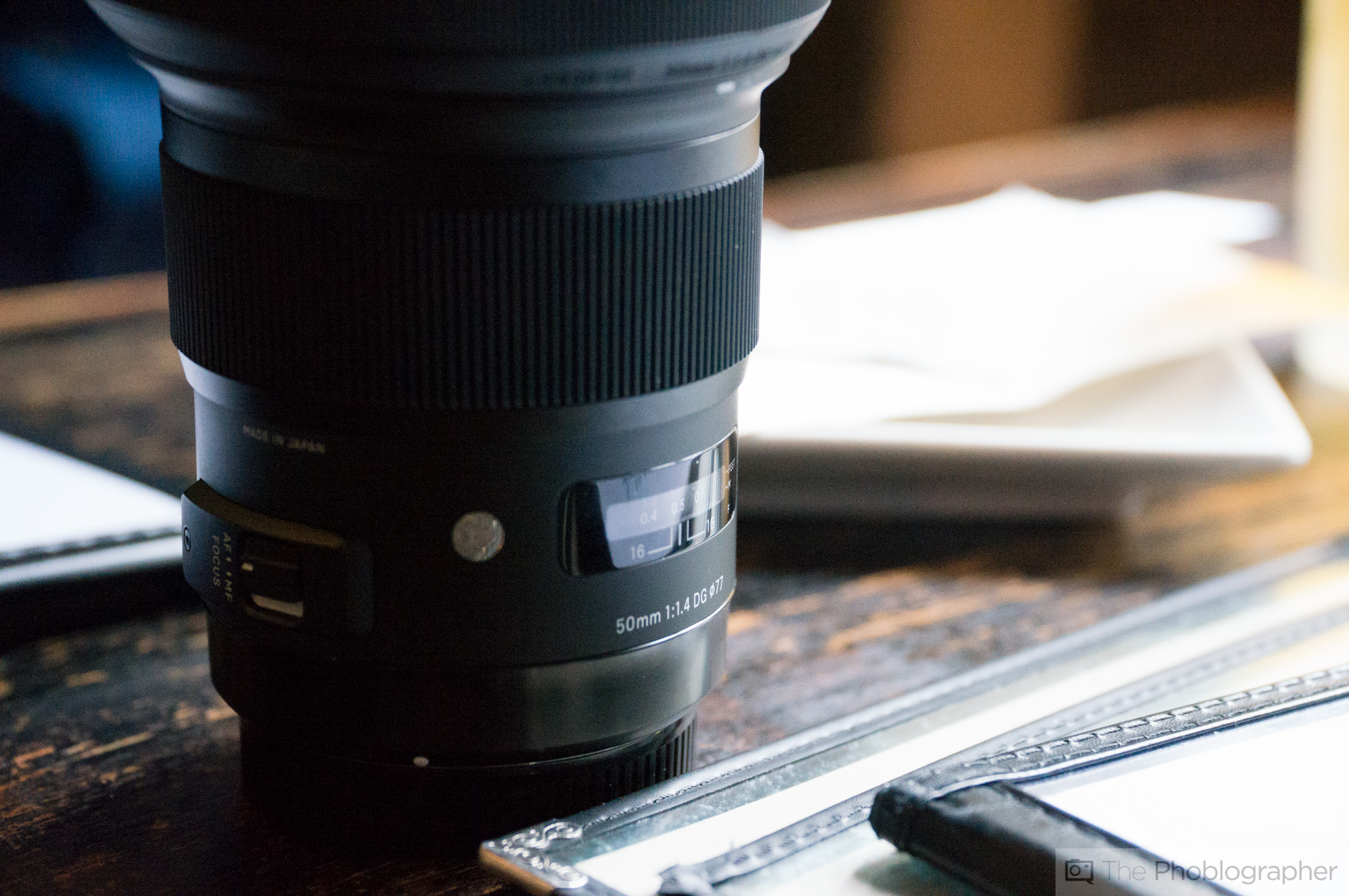
50mm lenses are, without a doubt, one of a portrait photographers best friends. In a 50mm lens (or 50mm FoV equivalent) you get a semi-telephoto look while maintaining some wideness – allowing for a bit more context in your images without introducing much distortion. These lenses are great everyday lenses and for many portrait photographers it is their go to focal length.
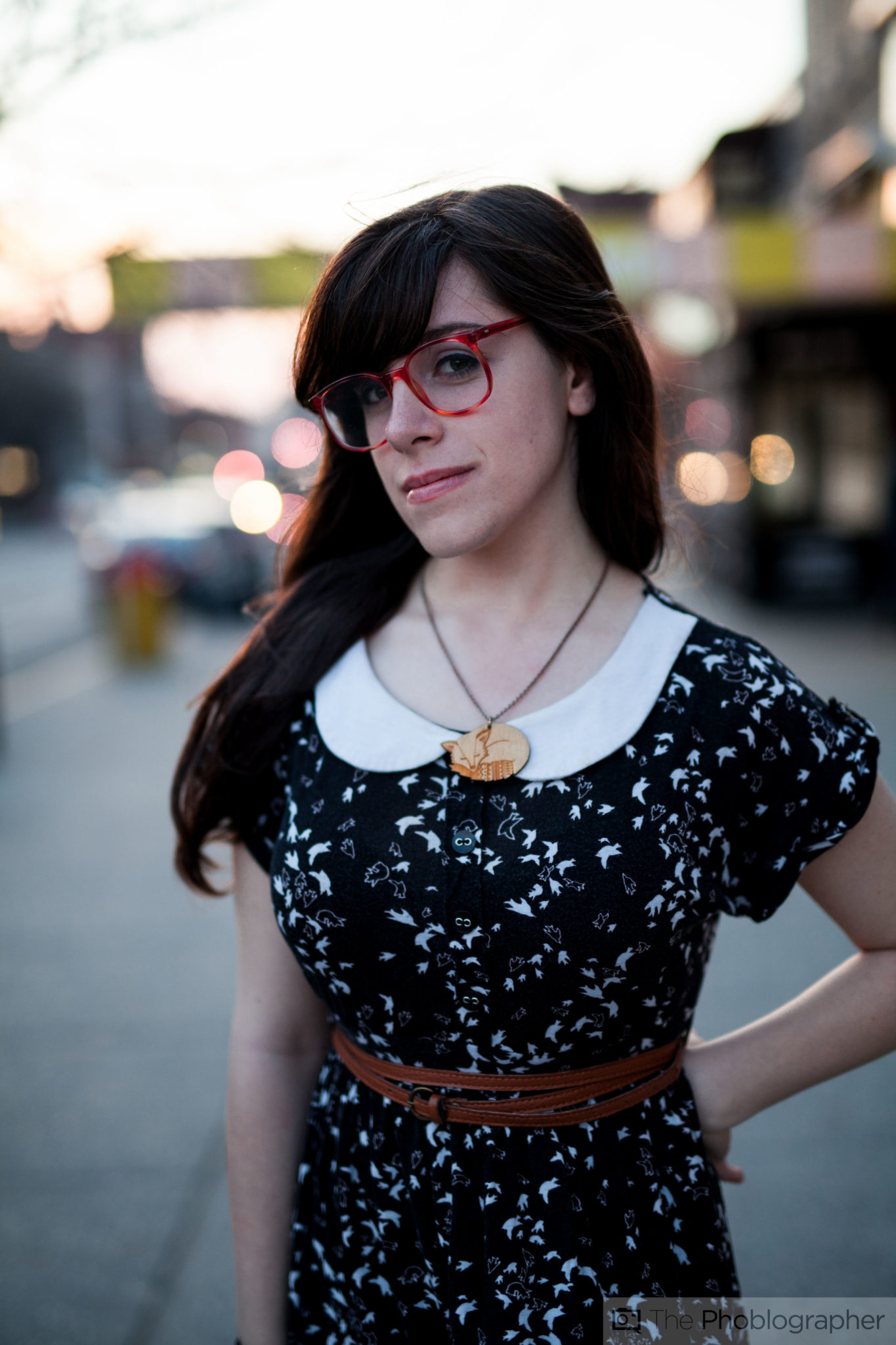
Some of the great options in this category are:
- Sigma 50mm F/1.4 Art – Our Review
- Nikon 50mm F/1.8 G – Our Review
- Fujifilm 35mm F/2 WR – Our Review
- Sony 55mm F/1.8 – Our Review
- Zeiss Milvus 50mm f1.4 – Our Review
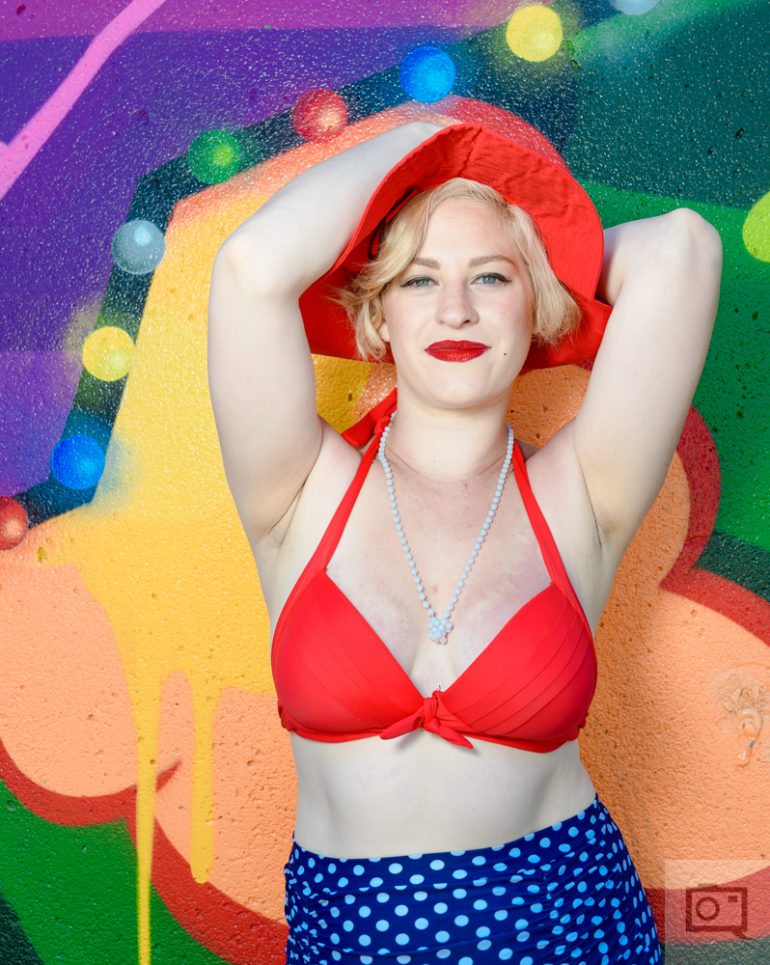
75-85mm
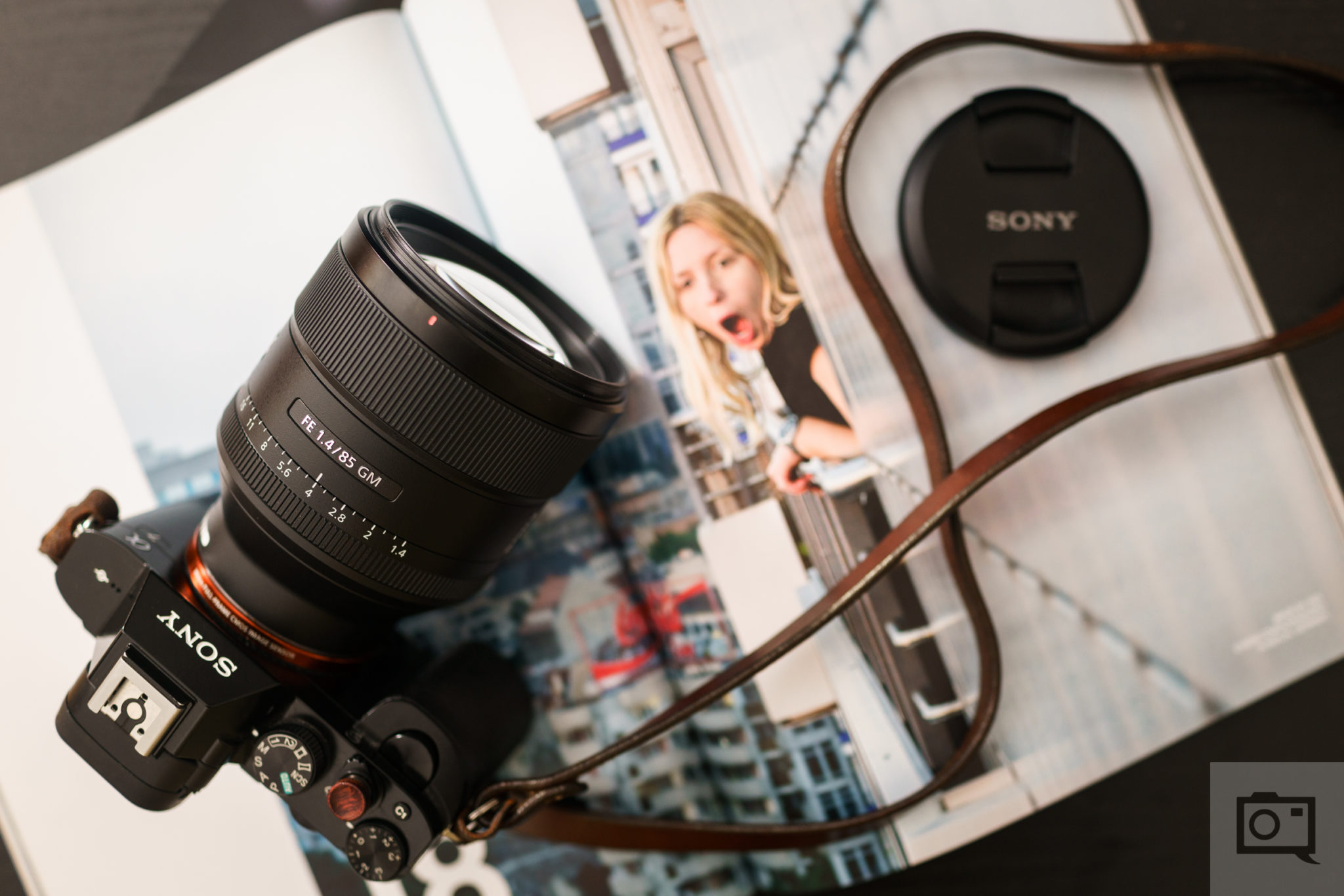
After the ~50mm range you are fully into telephoto territory with the 75mm equivalent (50mm lenses on APS-C) and 85mm lenses of the world. These are great for their compression and subject/background separation, especially when shot wide open. The caveat to these is that as I noted above, unless you are shooting tight headshots or detail shots you will need to be a bit further away from your client in order to get any sort of environmental context or full body looks. That may or may not matter to you, it all depends on your shooting style.
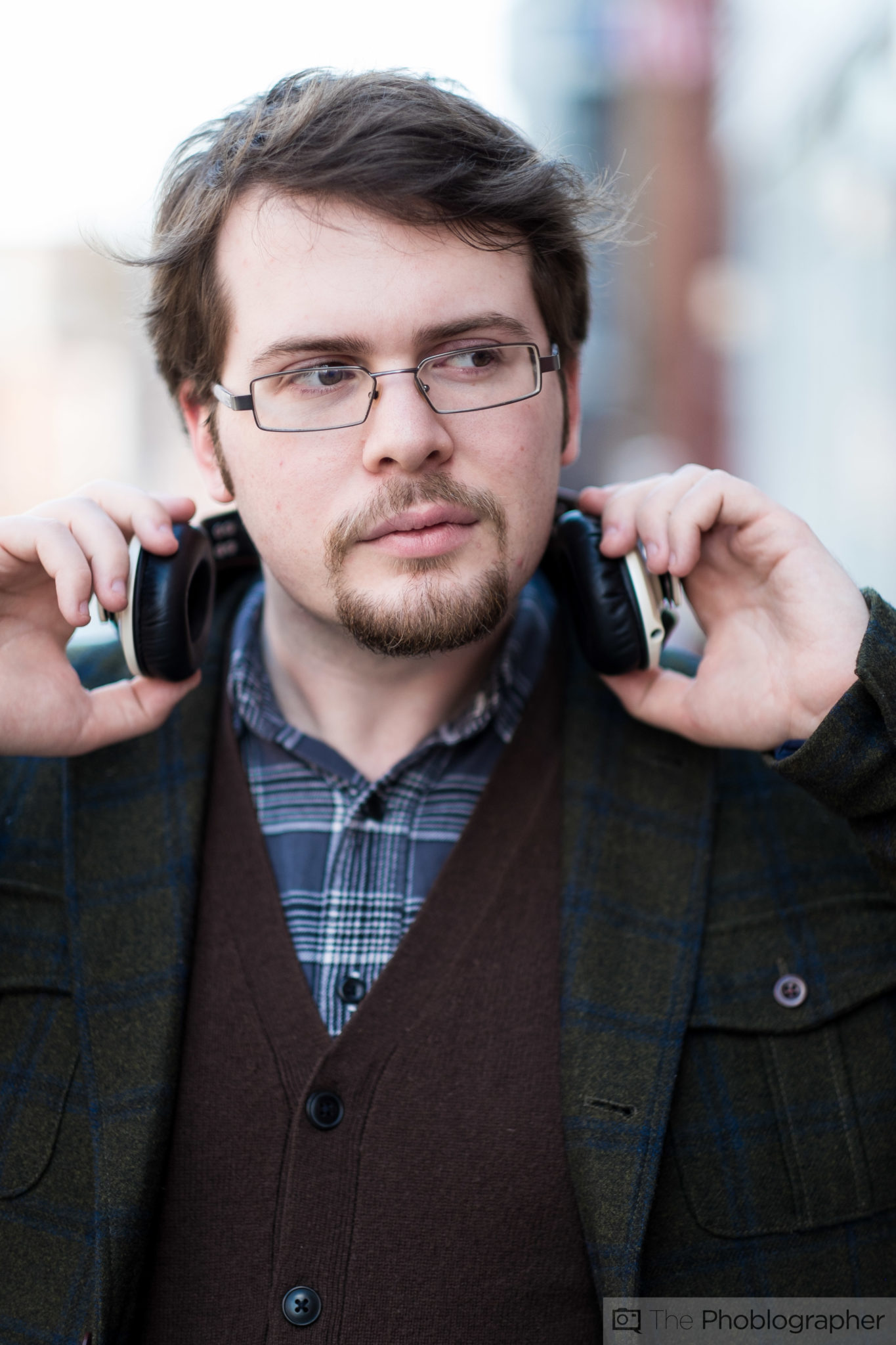
Here are some of the great options out there in this category:
- Fujifilm 56mm F/1.2 – Our Review
- Rokinon 50mm F/1.2 – Our Review
- Sony 85mm f1.4 G Master – Our Review
- Zeiss Milvus 85mm f1.4 – Our Review
- Nikon 85mm F/1.8G – Our Review
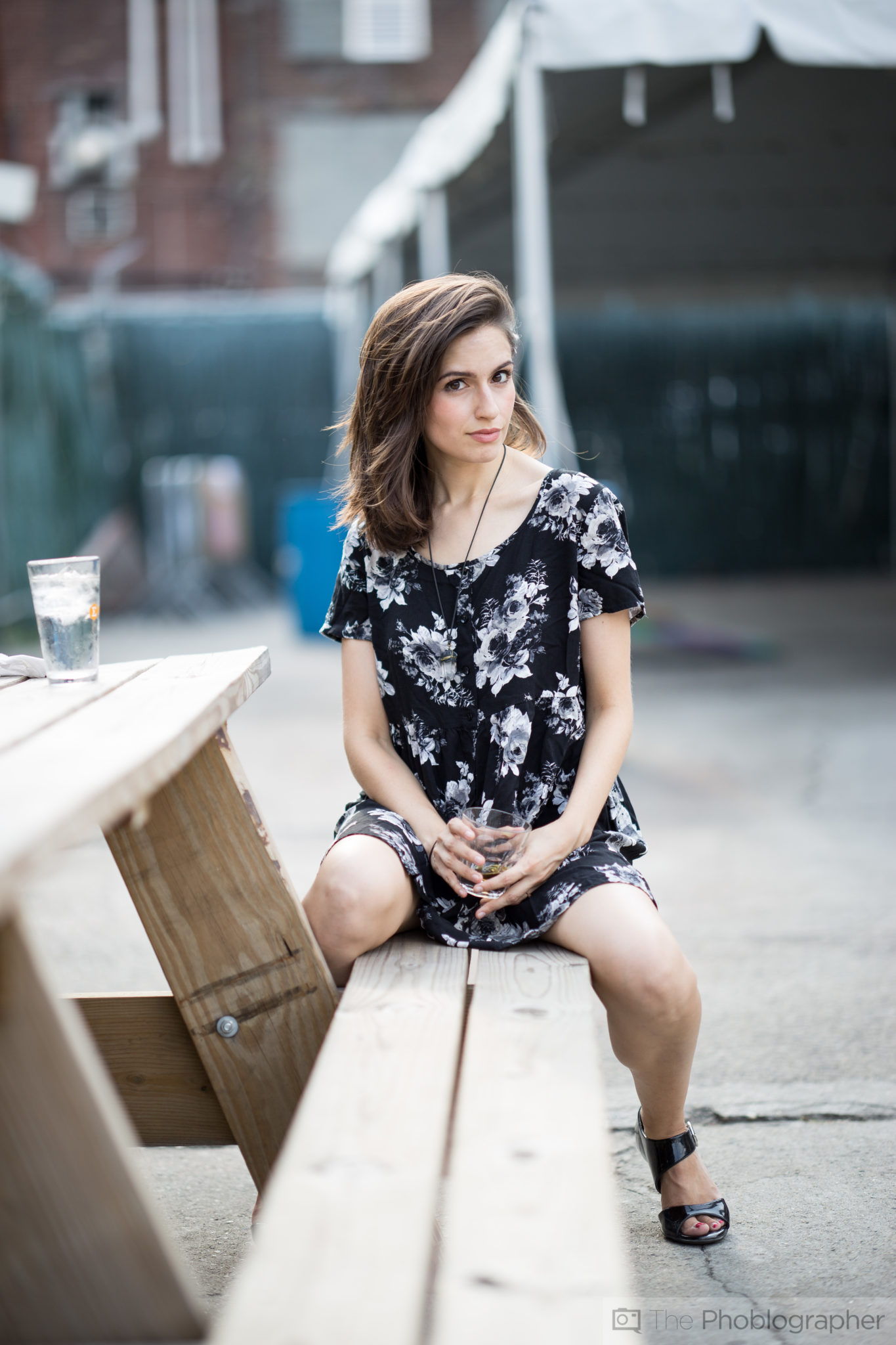
135mm
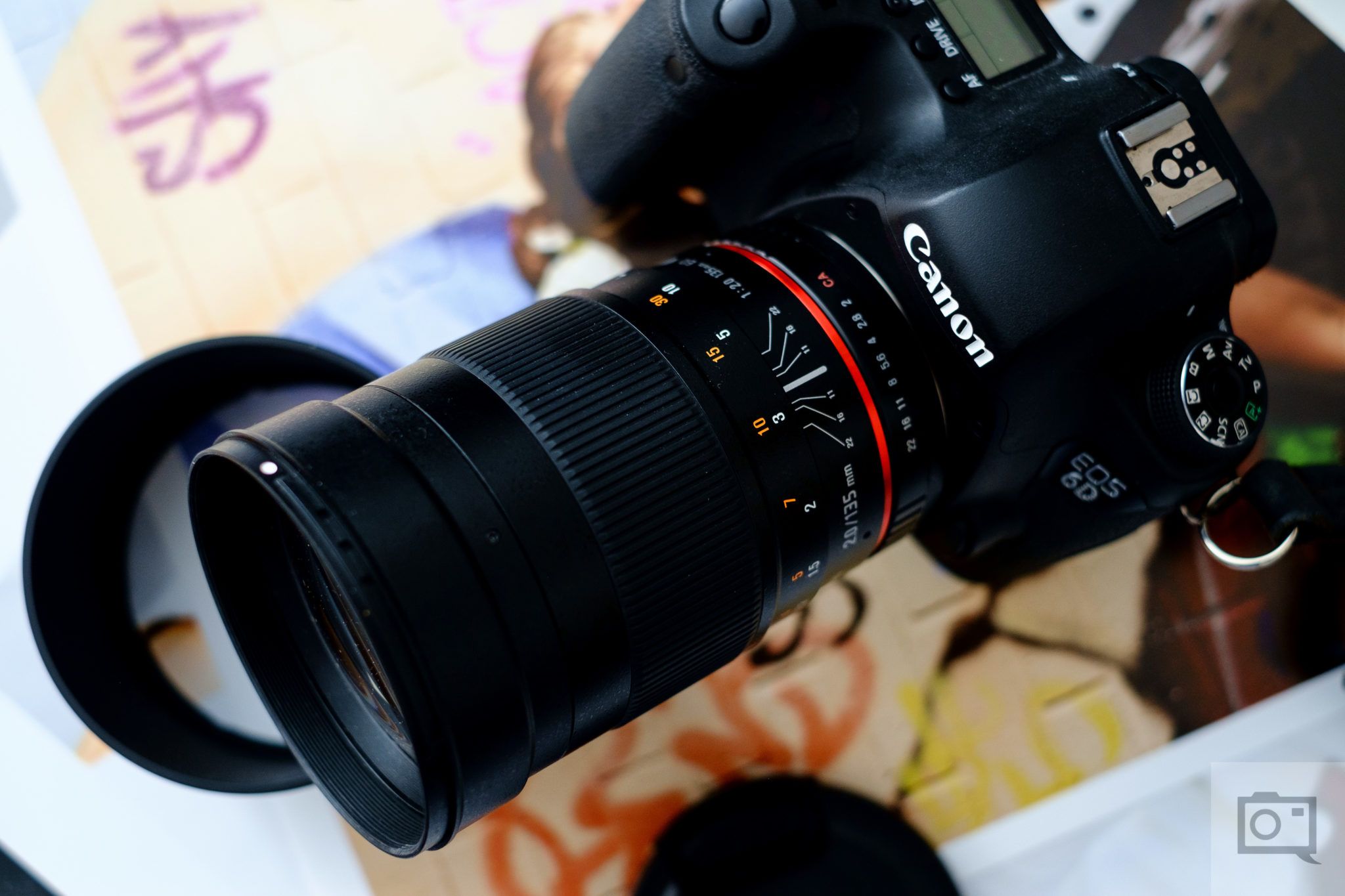
Similarly to the 85mm, another beloved focal length for Portrait shooters is the 135mm. This is a lens that will separate your subject from the background with ease, as well as render them with a very compressed and flattering look. The 135mm focal length has not seen much attention in the way of new releases from most manufacturers though as they tend to favor zoom lenses these days. That said, Canon’s ancient 135mm F/2L is likely my all time favorite portrait lens, and I hear good things about Nikon’s 135mm D series lens, so age isn’t much of a factor here. The look between 85mm and 135mm isn’t vastly different though to the untrained eye, so in most cases photographers pick whichever they prefer and go with that. It would be rare to need both of them (shooting space concerns aside).
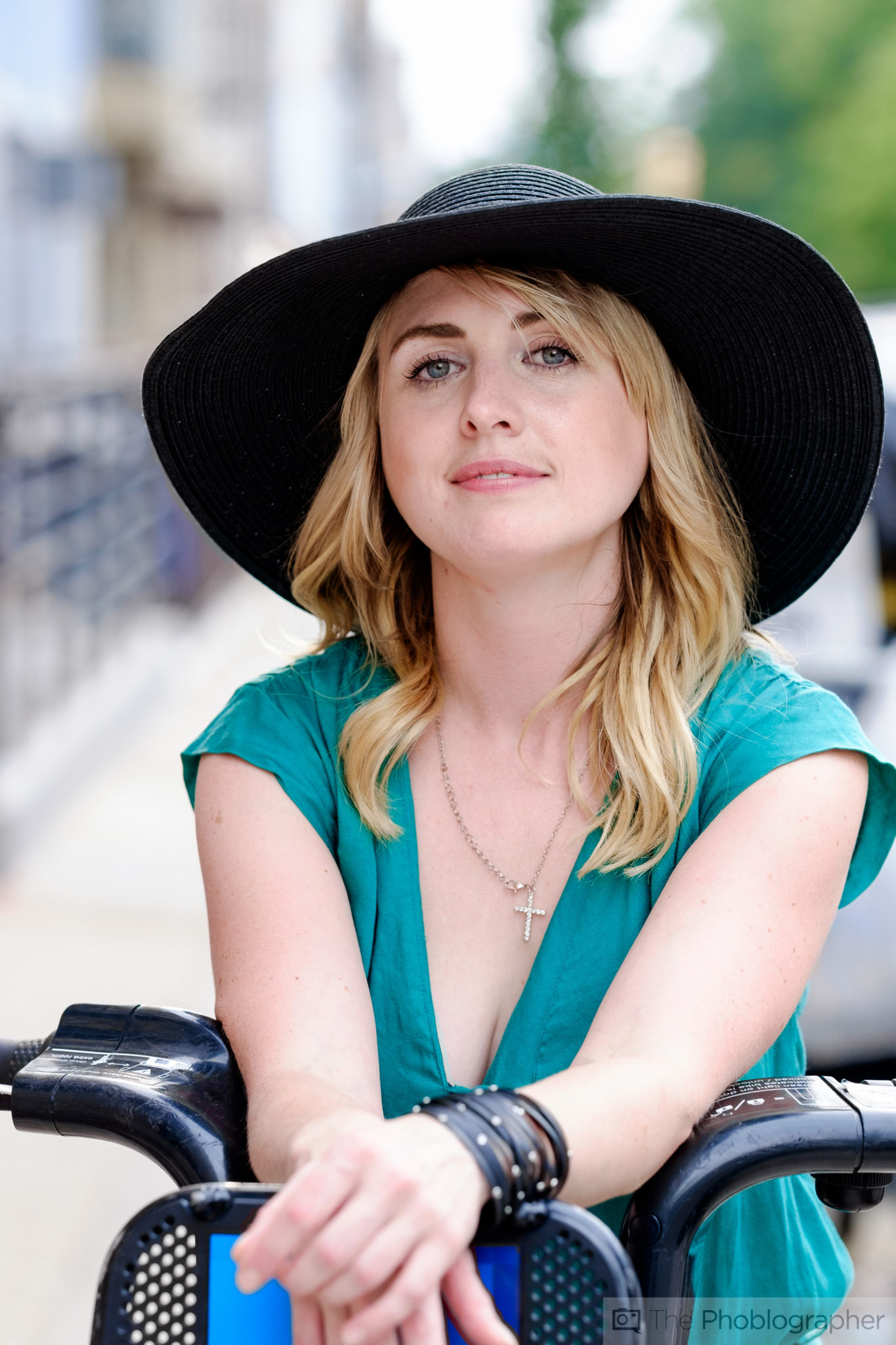
Here are some great options in this category:



